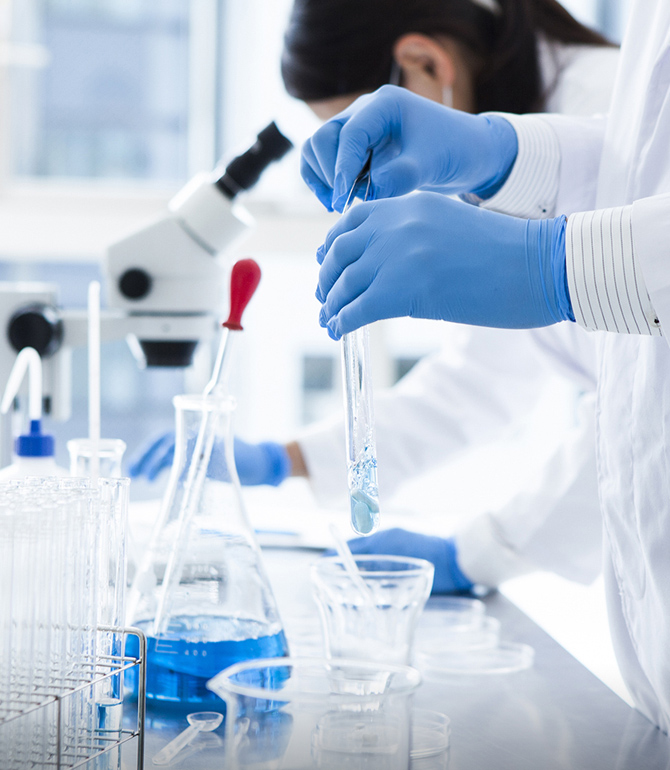chemical experiment

In chemical laboratories, quartz glass has multiple effects, which are reflected in the following aspects:
Corrosion resistance: Quartz glass has excellent corrosion resistance and can resist the erosion of many strong acids, bases, and other chemical reagents. Therefore, it is often used as a container for preparing, storing, and processing various chemical reagents, such as beakers, flasks, test tubes, etc.
Chemical inertness: Quartz glass itself has high chemical inertness and will not react with most chemical reagents, ensuring the accuracy and reliability of experimental results. This makes quartz glass an ideal material for chemical synthesis, reaction, extraction and other experiments.
High temperature stability: Quartz glass can work stably at high temperatures and is not easily melted or deformed. Therefore, it is often used as a container or device for high-temperature reactions, such as reaction bottles, beakers, etc. in experimental processes such as thermal decomposition, combustion, and drying.
Transparency: Quartz glass has good transparency, allowing experimenters to clearly observe the experimental process and reaction situation, ensuring the smooth progress of the experiment.
Biocompatibility: Quartz glass has high biocompatibility and does not release harmful substances or affect experimental results. Therefore, it is often used in biochemical experiments and biomedical research, such as the preparation of culture media and cell culture.
Reusability: Quartz glass has good durability and stability, can be repeatedly cleaned and reused, reducing experimental costs and resource waste.
Precision preparation: Quartz glass can be prepared into various shapes and sizes of vessels and accessories through precision processing technology to meet different experimental needs.

